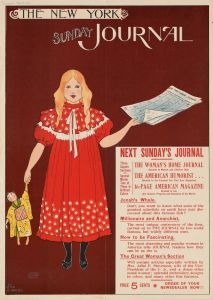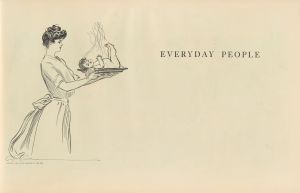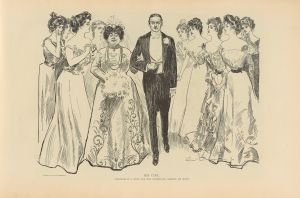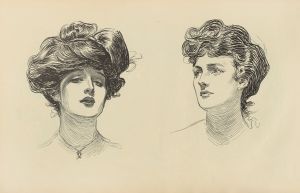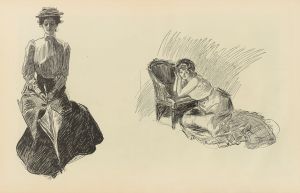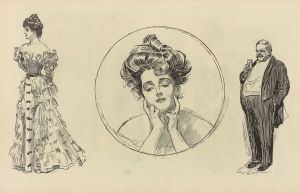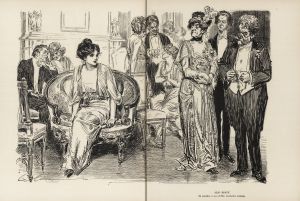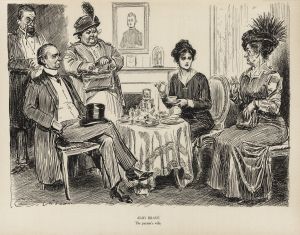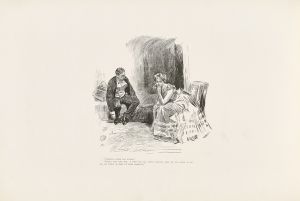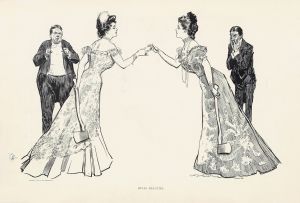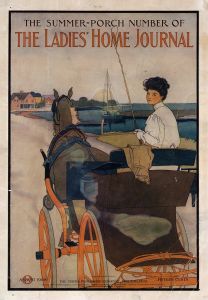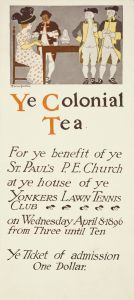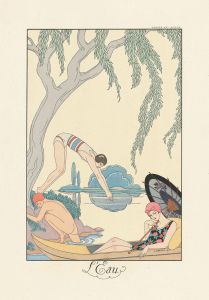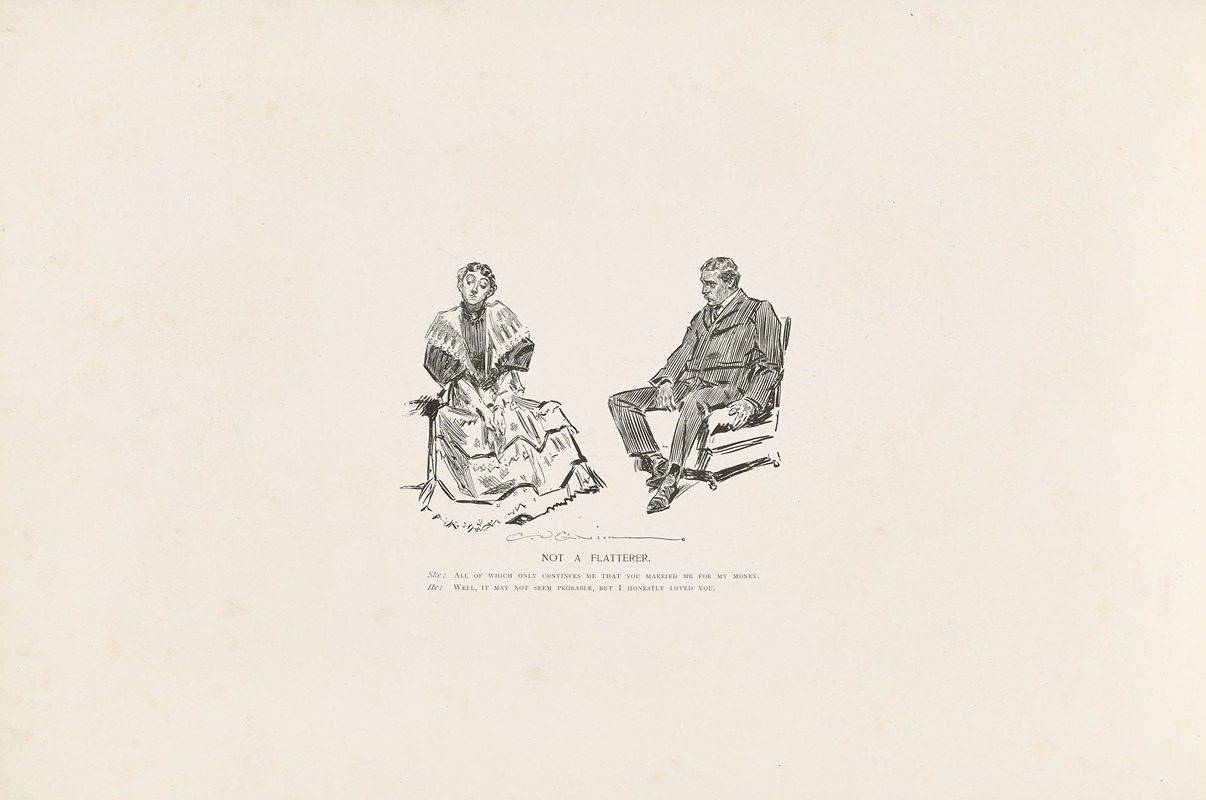
Not a flatterer
A hand-painted replica of Charles Dana Gibson’s masterpiece Not a flatterer, meticulously crafted by professional artists to capture the true essence of the original. Each piece is created with museum-quality canvas and rare mineral pigments, carefully painted by experienced artists with delicate brushstrokes and rich, layered colors to perfectly recreate the texture of the original artwork. Unlike machine-printed reproductions, this hand-painted version brings the painting to life, infused with the artist’s emotions and skill in every stroke. Whether for personal collection or home decoration, it instantly elevates the artistic atmosphere of any space.
Charles Dana Gibson was an influential American illustrator best known for his creation of the "Gibson Girl," a representation of the idealized American woman at the turn of the 20th century. His work was widely published in magazines such as Life, Harper's Weekly, and Scribner's, and he became one of the most celebrated illustrators of his time. One of his notable works is "Not a Flatterer," which exemplifies his distinctive style and thematic focus.
"Not a Flatterer" is a pen-and-ink drawing that showcases Gibson's skill in capturing the subtleties of human expression and social interaction. The illustration typically features a young woman, characterized by the elegance and poise associated with the Gibson Girl, interacting with a male figure. The title, "Not a Flatterer," suggests a narrative or commentary on the nature of their interaction, possibly hinting at themes of sincerity, honesty, or the complexities of social relationships.
Gibson's illustrations often explored themes of gender roles and societal expectations, reflecting the cultural milieu of the late 19th and early 20th centuries. The Gibson Girl, in particular, became an iconic symbol of the era, representing a new standard of femininity that was independent, confident, and socially active. This figure was often depicted in various social settings, from leisurely activities to more formal occasions, always maintaining an air of grace and self-assurance.
The technical aspects of Gibson's work are noteworthy for their precision and detail. His use of line work was meticulous, allowing him to convey texture, depth, and emotion with remarkable clarity. This attention to detail is evident in "Not a Flatterer," where the expressions and postures of the characters are rendered with a lifelike quality that engages the viewer and invites interpretation.
Gibson's influence extended beyond the realm of illustration; his work had a significant impact on American culture and fashion. The Gibson Girl became a trendsetter, influencing women's fashion and hairstyles of the time. The popularity of his illustrations also contributed to the rise of illustrated magazines, which became a primary medium for visual storytelling and social commentary.
"Not a Flatterer," like many of Gibson's works, captures a moment that is both specific and universal, reflecting the social dynamics of its time while also resonating with timeless themes of human interaction. The piece exemplifies Gibson's ability to blend artistry with narrative, creating images that are not only visually appealing but also rich in meaning.
In summary, Charles Dana Gibson's "Not a Flatterer" is a testament to his skill as an illustrator and his keen insight into the social fabric of his era. Through his art, Gibson offered a window into the changing roles and perceptions of women in society, leaving a lasting legacy that continues to be appreciated and studied in the context of American art and cultural history.





